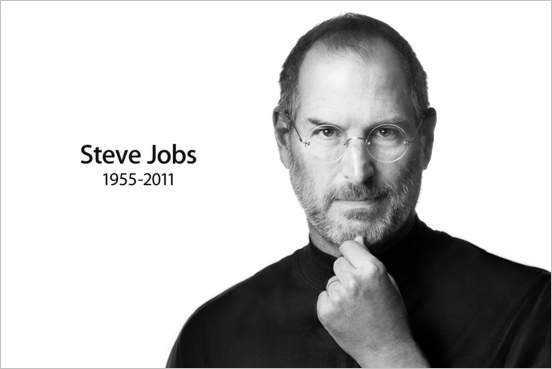-
Steve Jobs and the Elusive Connected Device
This morning the world remembers Steve Jobs, whose influence on the computing, music, film, communications and other industries is immeasurable. Jobs's ability to imagine how things could be - and then make them so - made him the most unique business leader of modern times. His personal philosophy, articulated in his memorable Stanford commencement speech in 2005, is likely the only career advice anyone should ever need. Setting the bar high, and never being willing to settle for less, was Jobs's mantra. His ability to infuse this in his Apple colleagues was the reason the company turned out one hit product after another.
Yet for all of Jobs's successes, one product he had yet to nail was the "connected device," the industry term for something that delivers personalized video, including TV shows and movies, to a large screen. To be sure, Apple has begun having success with its Apple TV, yet Jobs still considered that device a "hobby" (his words) because he saw that it fell well short of the revolutionizing impact the iPod or iPhone had in their respective industries.
Jobs offered a clue into his thinking about the challenges of designing and marketing a connected device at last year's D8 conference where he discussed the central role of the traditional set-top box. In my post at the time, "Why Apple Still Doesn't Have a TV Strategy," I relayed his analysis that "the problem with innovation in the TV industry is the go-to-market strategy. There's a subsidized business model that gives everybody a set-top box for free or for $10/month - and that pretty much squashes any opportunity for innovation because nobody's willing to buy a set-top box." As a result Jobs said, "all you can do is add a box on" and this brings "a table full of remotes, cluster of boxes and bunch of different UIs." The only way to succeed was to "go back to square one and tear up the set-top box and redesign it from scratch."
Jobs no doubt privately scorned pay-TV operators' clunky user experience and guides, anachronistic business model of forcing lots of unwanted channels on subscribers that just wanted a few, adherence to an interruptive advertising model based on outdated linear delivery, and underwhelming customer service. In this context, an Apple connected device that leveraged the power of "over-the-top" broadband connectivity and worked with other iOS devices could completely re-make the living room entertainment experience. This must have been an enormous temptation for Jobs.
Of course, the urge to revolutionize, rather than evolve, would have been classic Jobs. But unlike the music industry, which a decade ago was getting crushed by piracy and plummeting sales, therefore benefiting enormously from the arrival of the iPod/iTunes combination, the pay-TV industry remains relatively healthy and has no comparable need to be rescued by Apple. Try as Apple has to crack the pay-TV fortress with a new subscription service or lower-cost rentals, it has been stymied. Even powerful competitors like Google (with Google TV) and Microsoft (just yesterday with its Xbox 360 content deals) have chosen to cooperate with the pay-TV industry, rather than try to undermine its business model and incent cord-cutting.
While the current Apple TV and myriad other connected devices all represent worthy steps forward, the truth is that they are all still add-ons, complicating users' lives to one degree or another, as Jobs said they would. The nirvana state of access to a full array of current and library TV programs, movies and other video, seamlessly delivered via one affordable connected device for personalized viewing, remains elusive. If I'd had to bet on one person being able to eventually figure out this complex puzzle of technology and business issues, I would have chosen Steve Jobs. With his death, the challenge has passed to his colleagues at Apple and elsewhere in the industry.
Time will tell if their efforts live up to his high standards.
Topics: Apple, Steve Jobs


